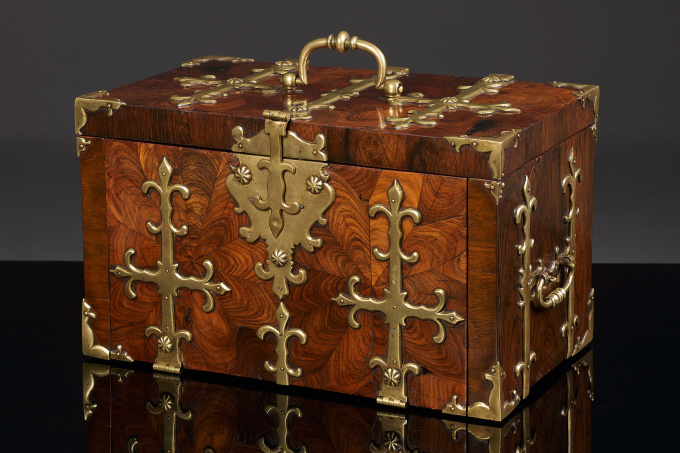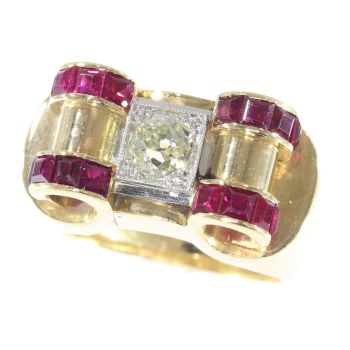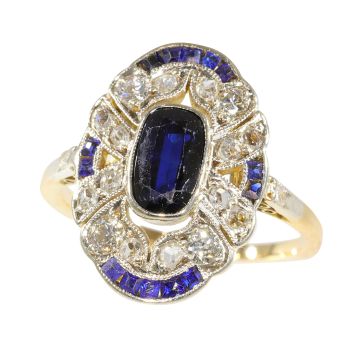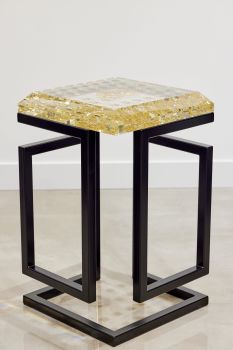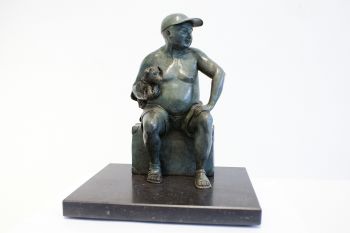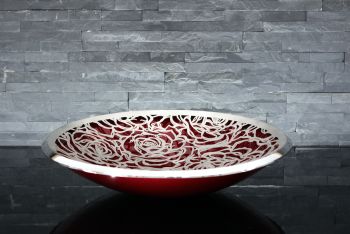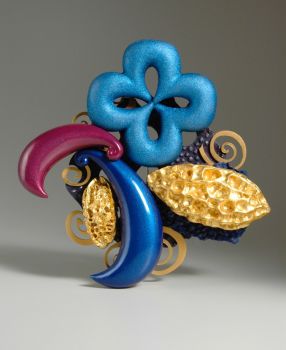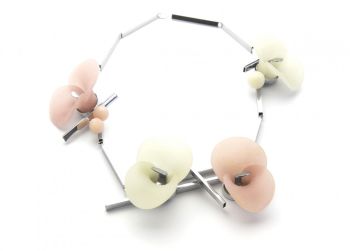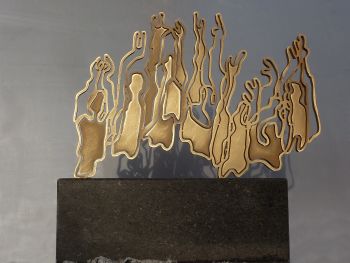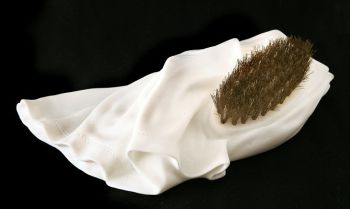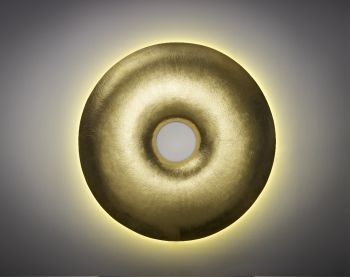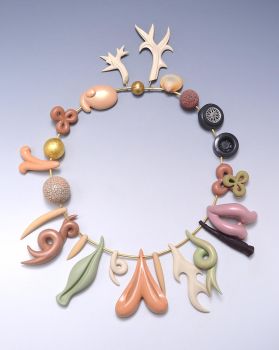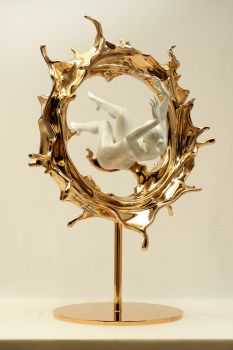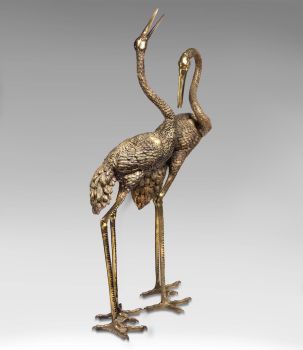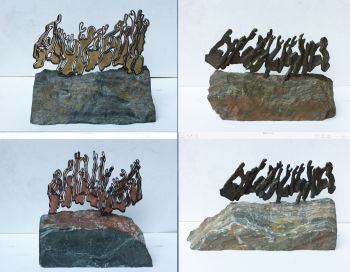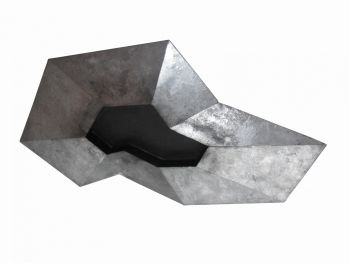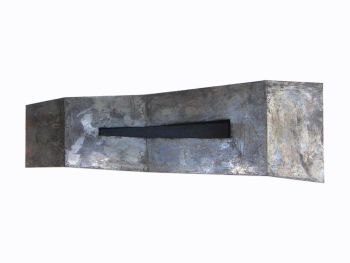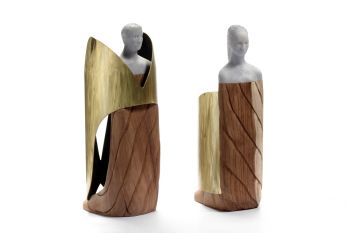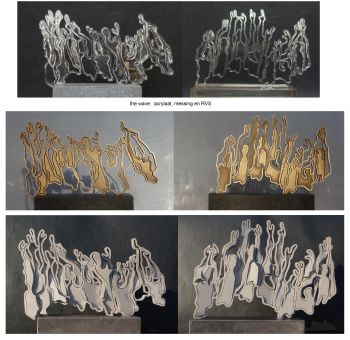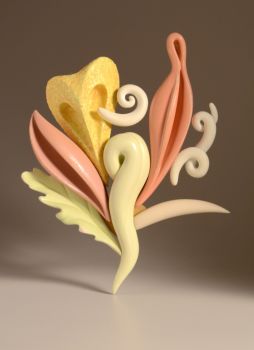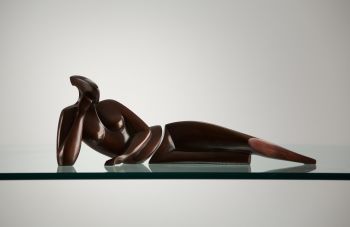Small Strongbox 1690 - 1700
Artista Sconosciuto
LegnaOlivaMetalloPalissandroOttone
23 ⨯ 38 ⨯ 23 cm
ConditionExcellent
Attualmente non disponibile tramite Gallerease
- A proposito di opere d'arteAn oak travelling chest veneered with olive-wood and rosewood. The case is ornamented with brass fittings shaped in leaf motifs. The fittings prevented the case from being damaged during travel. The handlebars on the sides facilitate transportation. The central escutcheon has a concealed latch that needs to be unbolted before the actual keyhole is revealed. When the lid is opened, it gives access to the largest storage compartment. In the lid there is a cover to store letters or documents. In the compartment there are to concealed hiding places.
With a latch the front cover can be opened. This gives access to two drawers. When the drawers are removed, two further secret compartments can be reached. The entire interior is made out of rosewood and rosewood veneer.
Commonly this type of traveling chest, or strongbox, is presumed to be French or Flemish. Nevertheless, they are much more common in England than anywhere else. Recent research presumes that the bulk of these trunks is made in London between approximately 1660 and 1720.
The earliest proof of the manufacturing of this type of chest is found in inventory listings from the legacy of Edward Traherne, a renowned joiner and cabinet-maker, who died in London in 1675. Traherne’s trading stock contained a number of strongboxes and travelling chests with diverse specifications. Remarkably, some of these objects had not yet been completed. - A proposito di opere artista
Può succedere che un artista o un creatore sia sconosciuto.
Alcune opere non sono determinate da chi sono state realizzate o sono state realizzate da (un gruppo di) artigiani. Esempi sono statue dell'antichità, mobili, specchi o firme non chiare o leggibili ma anche alcune opere non sono affatto firmate.
Inoltre puoi trovare la seguente descrizione:
•"Attribuito a …." A loro avviso probabilmente opera dell'artista, almeno in parte
•“Studio di ….” o “Officina di” A loro avviso un'opera eseguita nello studio o nella bottega dell'artista, eventualmente sotto la sua supervisione
•“Cerchio di…” A loro avviso un'opera del periodo dell'artista che mostra la sua influenza, strettamente legata all'artista ma non necessariamente al suo allievo
•"Stile di..." o "Seguace di..." A loro avviso un'opera eseguita nello stile dell'artista ma non necessariamente da un allievo; può essere contemporaneo o quasi contemporaneo
•“Modalità di…” A loro avviso un'opera nello stile dell'artista ma di epoca successiva
•"Dopo …." A loro avviso una copia (di qualsiasi data) di un'opera dell'artista
•“Firmato…”, “Datato…” o “Iscritto” A loro avviso l'opera è stata firmata/datata/inscritta dall'artista. L'aggiunta di un punto interrogativo indica un elemento di dubbio
•"Con firma....", "Con data...", "Con iscrizione..." o “Riporta firma/data/iscrizione” a loro avviso la firma/data/iscrizione è stata aggiunta da qualcuno diverso dall'artista
Artwork details
Related artworks
Artista Sconosciuto
UN INSOLITO PIATTO D'ARGENTO LOBBATO INDONESIlate 17th
Prezzo su richiestaZebregs & Röell - Fine Art - Antiques
Artista Sconosciuto
A large Japanese Imari porcelain 'VOC Groningen' dish1800 - 1925
Prezzo su richiestaZebregs & Röell - Fine Art - Antiques
1 - 4 / 12Artista Sconosciuto
A rare Japanese export lacquer medical instrument box1650 - 1700
Prezzo su richiestaZebregs & Röell - Fine Art - Antiques
Artista Sconosciuto
Japanese transition-style lacquer coffer 1640 - 1650
Prezzo su richiestaZebregs & Röell - Fine Art - Antiques
Artista Sconosciuto
COPPIA DI TORCHÈRE O PORTACANDELE IN TEAK INDONESI LACCATI E DORATI18th century
Prezzo su richiestaZebregs & Röell - Fine Art - Antiques
Artista Sconosciuto
UN NETSUKE MARINO IN AVORIO DI UN OLANDESE CHE TIENE UN FAN . CINESE18th century
Prezzo su richiestaZebregs & Röell - Fine Art - Antiques
Artista Sconosciuto
UN RARO SADELI INDIANO COMPLETO DI LAVORO E SCRITTURA INTARSIATI1800 - 1850
Prezzo su richiestaZebregs & Röell - Fine Art - Antiques
1 - 4 / 24Artista Sconosciuto
Japanese transition-style lacquer coffer 1640 - 1650
Prezzo su richiestaZebregs & Röell - Fine Art - Antiques
1 - 4 / 4Linda Verkaaik
The Wave 15/20/30 cm - acrylic/ brass/RVS2020
Prezzo su richiestaGalerie Bianca Landgraaf
1 - 4 / 24

